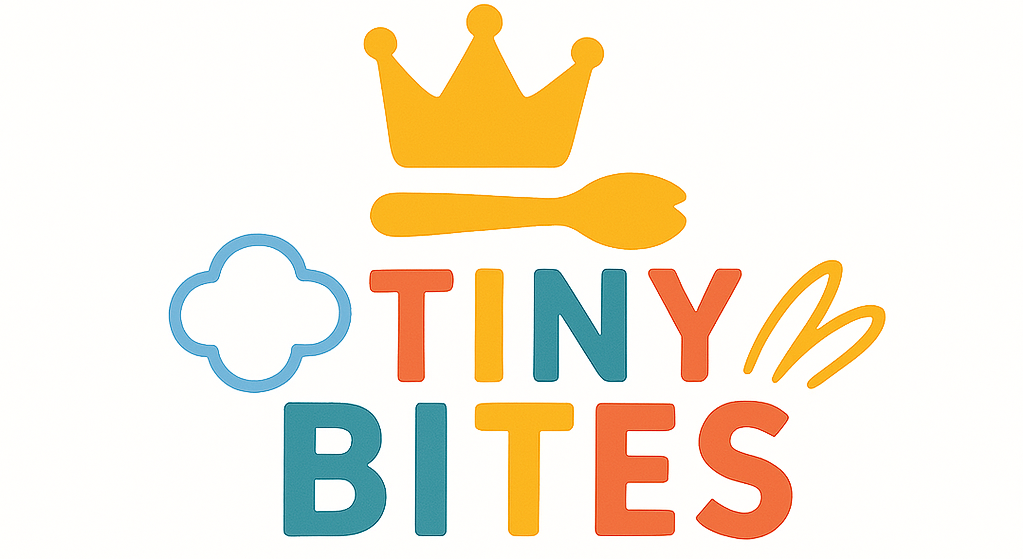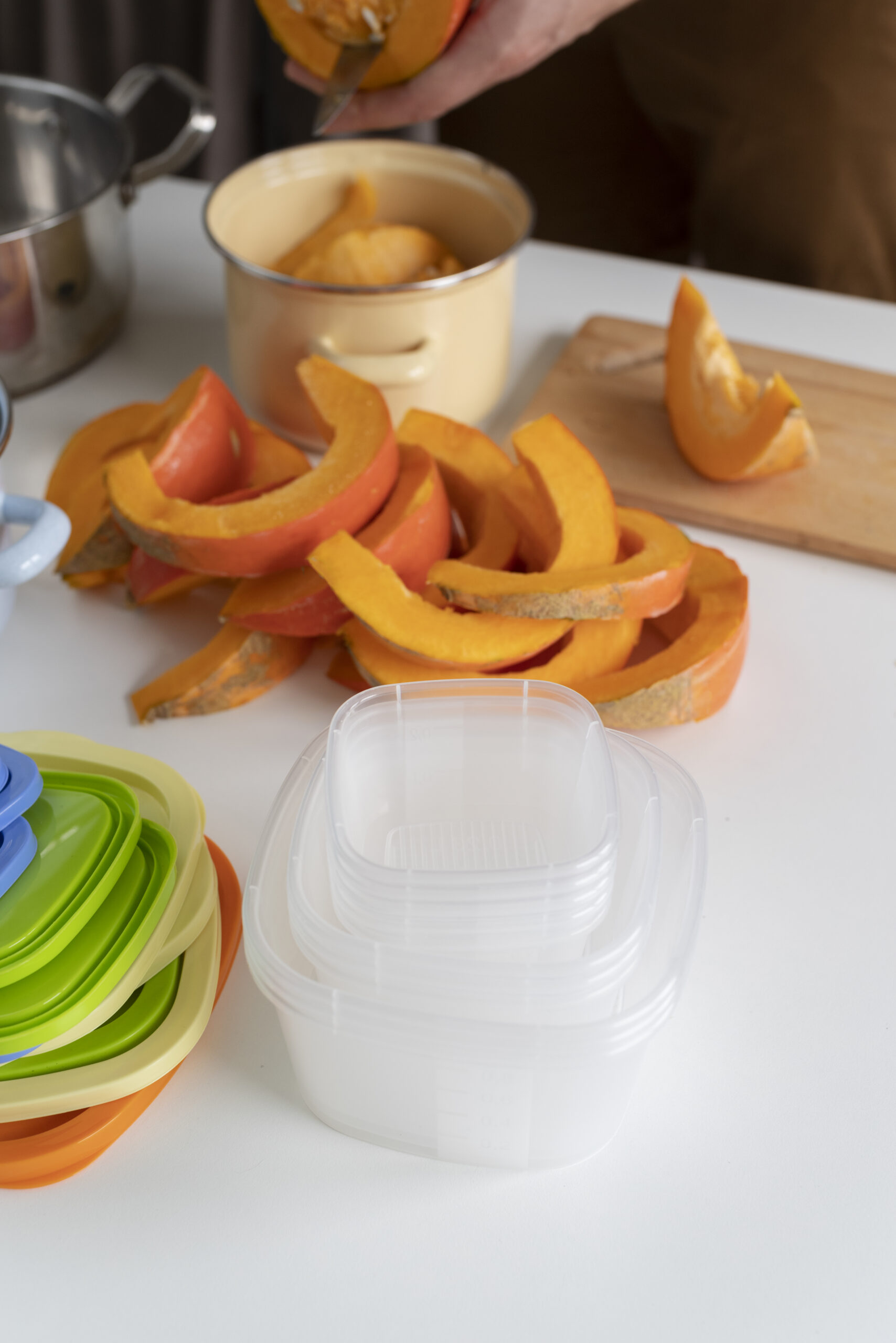How to Store and Freeze Baby Food: Tips for Freshness and Safety
Making your own baby food at home can be a rewarding and cost-effective way to ensure your baby is getting the best nutrition. But what do you do when you’ve made more baby food than your little one can eat in one sitting? Proper storage and freezing are essential for maintaining the food’s freshness and safety. In this article, we’ll provide you with practical tips on how to store and freeze homemade baby food to preserve its nutrients and make mealtimes more convenient.
The Importance of Proper Storage
Storing baby food correctly ensures it stays fresh, safe, and nutritious. Whether you’re preparing purees or mashed vegetables, it’s important to follow food safety guidelines. Fresh homemade baby food should be stored in airtight containers and placed in the refrigerator immediately after preparation. Be sure to only store food that is freshly made—reheated food should not be stored for later use. Label your containers with the date of preparation, so you can easily track how long the food has been in the fridge.
Freezing Baby Food: Step-by-Step Guide
Freezing is one of the best ways to store baby food long-term while preserving its nutritional value. To freeze baby food, start by allowing the cooked food to cool down to room temperature. Then, spoon the food into ice cube trays or silicone molds, which allow for easy portion control. Once the food has frozen, pop the cubes into resealable freezer bags or containers, making sure to label each one with the type of food and date. Frozen baby food can be stored for up to three months without losing its nutrients.
How to Thaw and Reheat Baby Food
When you’re ready to serve frozen baby food, it’s important to thaw it safely. Never thaw baby food at room temperature, as this can allow harmful bacteria to grow. Instead, place the food in the refrigerator overnight or use a microwave or stovetop to gently heat it. Always stir the food thoroughly to ensure even heating and check the temperature before feeding it to your baby. Do not refreeze thawed food, as this can affect its quality and safety.
Additional Storage Tips for Homemade Baby Food
It’s a good idea to rotate the food in your refrigerator and freezer to ensure nothing sits for too long. Make sure to store food in portions that are appropriate for one meal, as reheating multiple times can affect its taste and safety. Also, if you’re preparing baby food in large batches, try to mix different flavors and textures so your baby can enjoy a variety of foods. Lastly, if you are using store-bought baby food, check for expiration dates and make sure the packaging is intact before storage.

